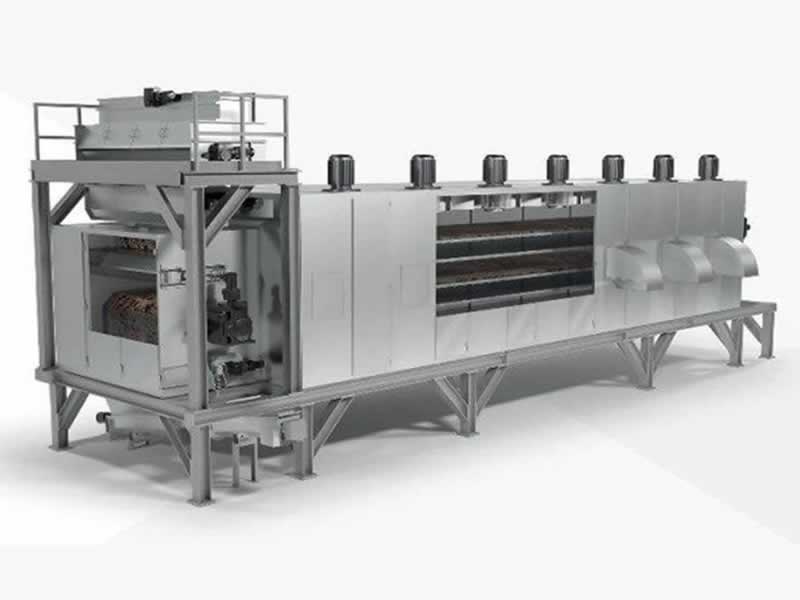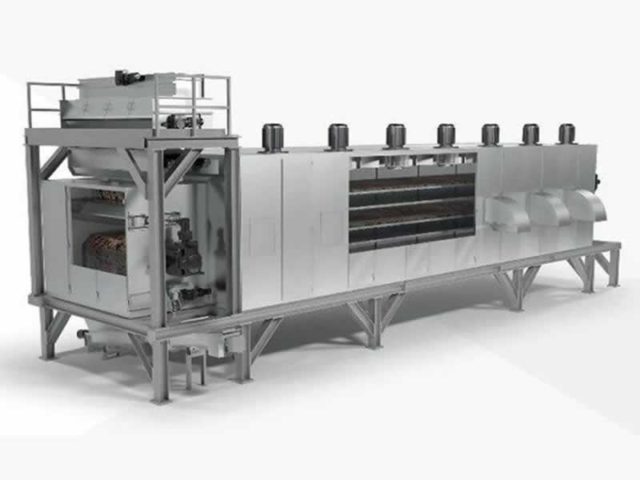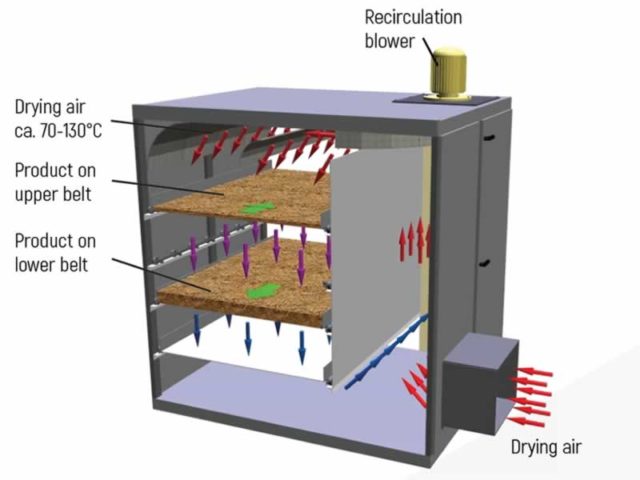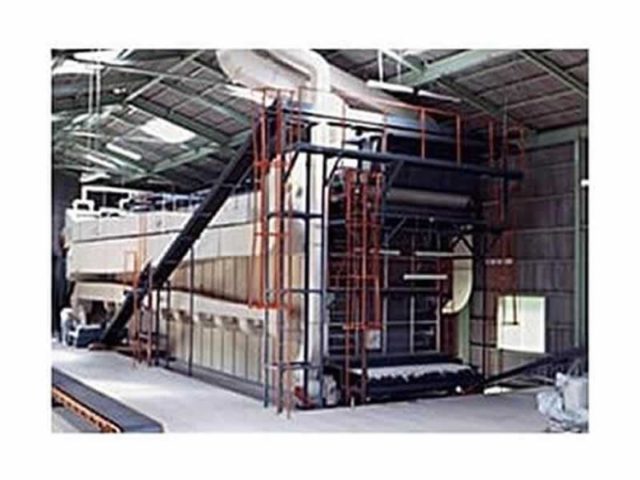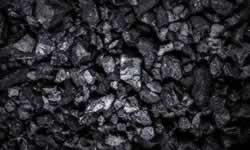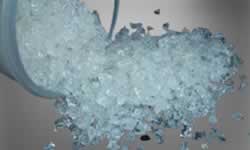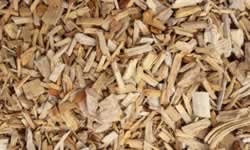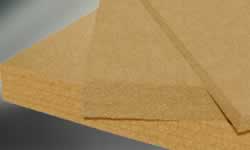Belt Dryers Manufacturers for last four decades with expertise to provide customized drying solutions to Food and Other Agro Processing Industries. GEM is one the leading Belt Dryer Manufacturers in India.
A Belt dryer / Belt cooler is a device designed for the particularly gentle thermal treatment of product. The wet product is continuously and evenly applied through an infeed chamber onto a perforated belt. The belt, predominantly in horizontal position, carries the product through the drying area which is divided into several sections. In these cells drying gas flows through or over the wet product and dries it. Each cell can be equipped with a ventilating fan and a heat exchanger.
This modular design allows the drying and cooling temperatures to be controlled separately in the different sections. Thus, each dryer cell can be individually controlled and the drying / cooling air flow can be varied in each cell. In addition, the speed of the conveyor belt can be varied what gives an additional parameter for setting of drying time. The cells can be heated or cooled directly or indirectly, and all heating media, such as oil, steam, hot water or hot gas can be used.
Belt Dryers are ideally suited to drying almost any non-flowing product or more granular products that require a lower throughput capacity.

